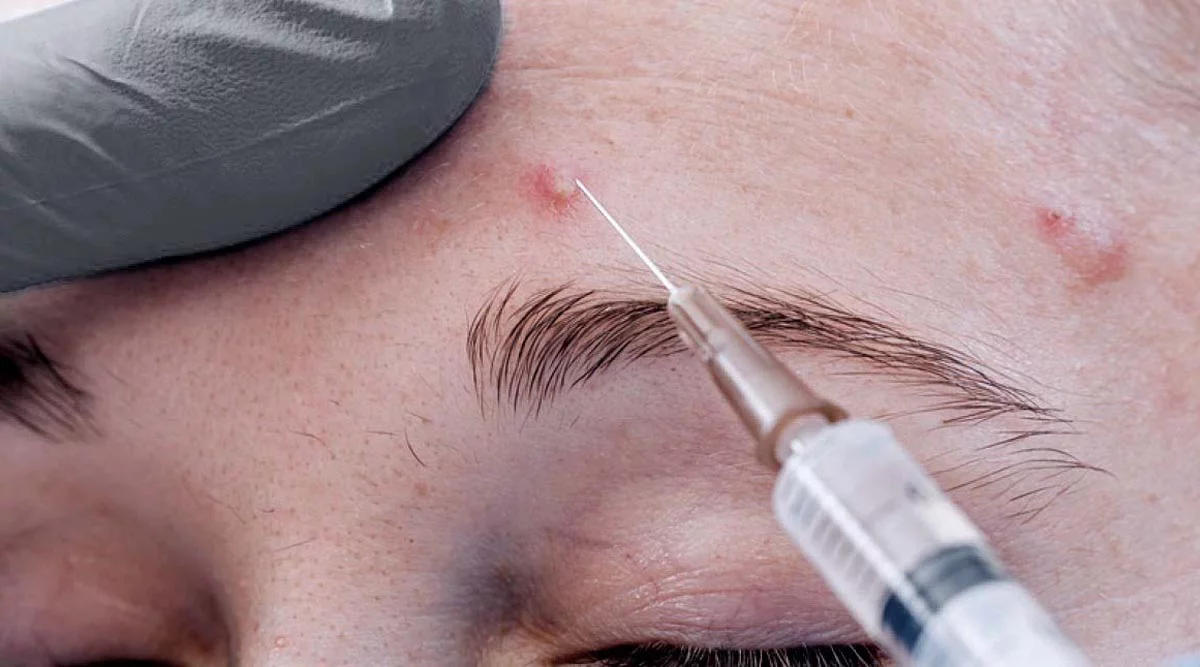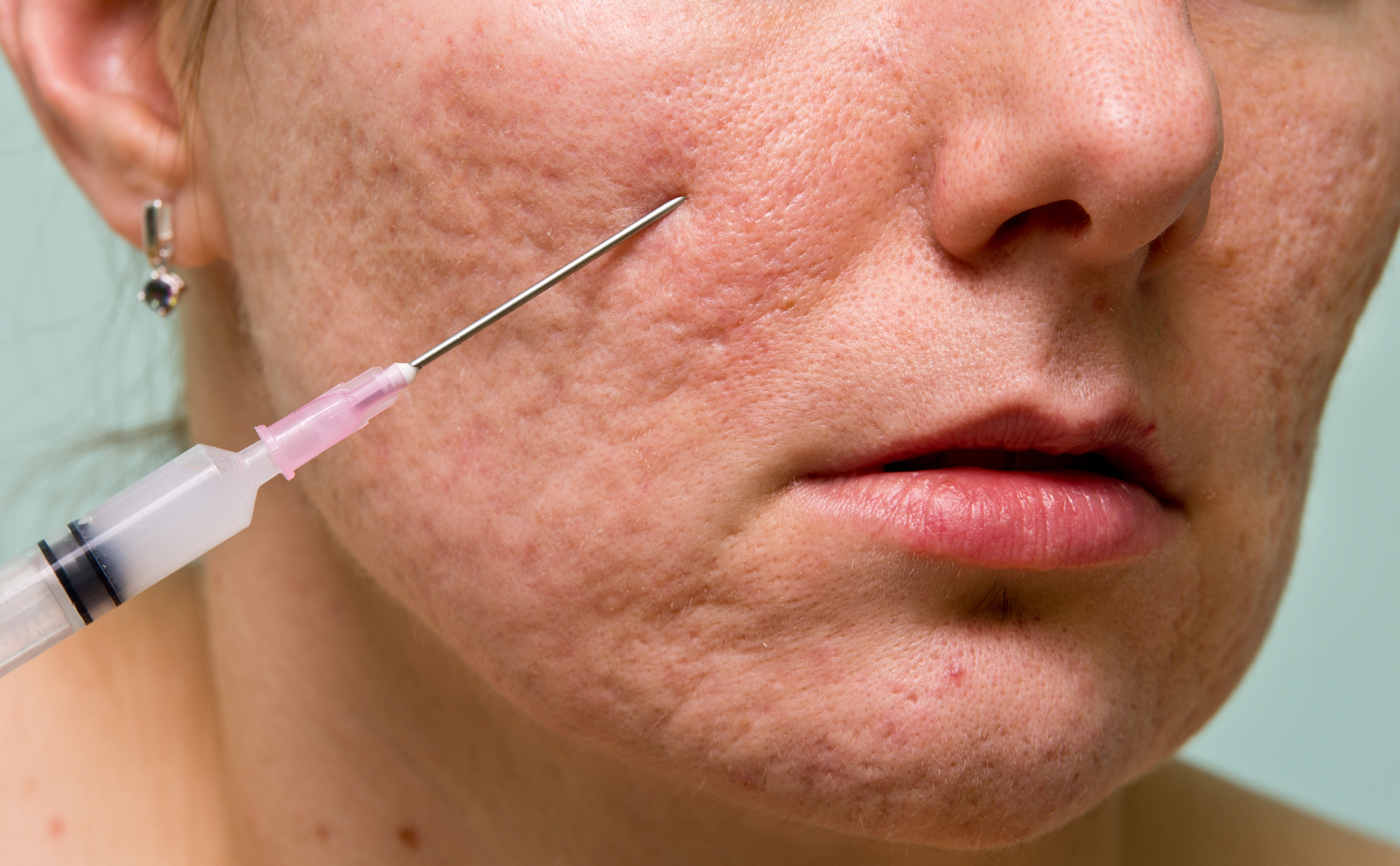While some people consider their scars to be marks of pride, many people just want them to go away. Since they can affect your appearance, they can make you feel self-conscious.
If you want to get rid of an old scar, you need to understand what a scar is and what type you’re trying to get rid of.

1. How do scars form?
A scar forms as part of the natural healing process following an injury. When the dermis — the second layer of skin — is damaged, your body forms collagen fibers to repair the damage, resulting in a scar.
In most cases, the faster a wound heals, the less collagen will be deposited, and the less noticeable the scar will be.
Typically, the severity of the scar is based on the severity of the injury or damage. They form differently on different parts of the body and based on the age of the injured person.
2. Top 10 medical remedies for getting rid of scars
There’s no known way to make scars totally disappear, but many will become lighter over time on their own.
There are also some medical treatments and over-the-counter (OTC) options that can help reduce the appearance of scars.
2.1 Silicone gels or sheets
Silicone gels and sheets can be used on healing skin, not open wounds. They’re soft- and flexible-style gels or sheets that are applied like a self-adhesive dressing. They’re designed to help soften the skin and flatten the scar.
Worn daily, they can be washed and reused for up to 3 months. You don’t need a prescription — they can be bought over the counter at your local store.

2.2 Steroids
Corticosteroid injections can be effective at treating certain types of scars, like thick or keloid scars.
They’re injected directly into the scar tissue to help decrease the itching, redness, and burning sensations that these scars may produce. They aren’t used on other types of scars because they can cause a permanent indentation if injected directly into a flat scar.
The injections reduce swelling and flatten the scar. The injections tend to be given on multiple occasions over a series of months. You can ask a doctor if this is something they can offer you.

2.3 Laser therapy
Also referred to as laser skin resurfacing or laser scar revision, laser therapy targets blood vessels that can reduce the appearance of a scar.
While it can’t eliminate the scar completely, the pulses of light can make the scar flatter, reduce redness, and lessen pain and itchiness.
Laser therapy is carried out by a doctor or an aesthetic professional.

2.4 Dermal fillers
Injectable dermal fillers are gel-like substances injected underneath your skin.
Normally, they’re made from hyaluronic acid, a substance that organically forms occurs in your body. They can sometimes be used to plump pitted scars, for example, if you have deep scarring as a result of acne.
Dermal fillers are injected by a doctor or an aesthetic or dermatology professional.

2.5 Chemical peels
Chemical peels can be used to treat mild scarring. The chemical solution dissolves the outermost layer of the skin to help increase cell turnover and reveal a smoother, less irregular complexion.
This treatment works better for people with lighter skin. Aesthetic professionals normally carry out chemical peels.
If you have darker skin, a glycolic acid peel may be more effective. Azelaic acid is also a good option for treating acne and pigment on the face.
Regardless of skin tone, make sure you use sunscreen daily and reapply if you’re exposed to the sun, as peels make the skin extremely sensitive to light and ultraviolet (UV) rays.

2.6 Subcision
Subcision is another common aesthetic treatment used to treat acne scarring. It involves inserting a small needle into your skin to release the acne scar from the underlying tissue.
This can be particularly effective for depressed or indented scars.
This allows the skin to rise and diminish the acne scar’s appearance. It’s carried out in an aesthetic or dermatology clinic.

2.7 Punch excision
This acne scar treatment uses a surgical tool that matches the size of the scar.
Much like the name describes, the scar is removed with the tool and then stitched up. It’s one of the best ways of removing these deep styles of scars, like ice pick or boxcar scars.
Visit an aesthetic or dermatology clinic to learn more.
2.8 Microneedling
Microneedling can be used on a whole host of scar types.
As the name implies, the treatment uses microneedles to prick the skin and create microchannels. This stimulates collagen production, which helps to restructure the skin and reduce the appearance of scars.
Aesthetic or dermatology clinics normally offer micro needling.

2.9 Medicated creams
Depending on the type of scar you have, a doctor may be able to prescribe a cream. Some prescription-only creams may be more effective than what you buy over the counter.
These products often contain a high-strength retinoid or a topical steroid to decrease itching and swelling.
2.10 OTC creams
There are a wealth of OTC options too.
These creams don’t contain active prescription-only ingredients but instead contain other alternatives that aim to reduce the size and appearance of scars as well as combat redness or itchiness.
